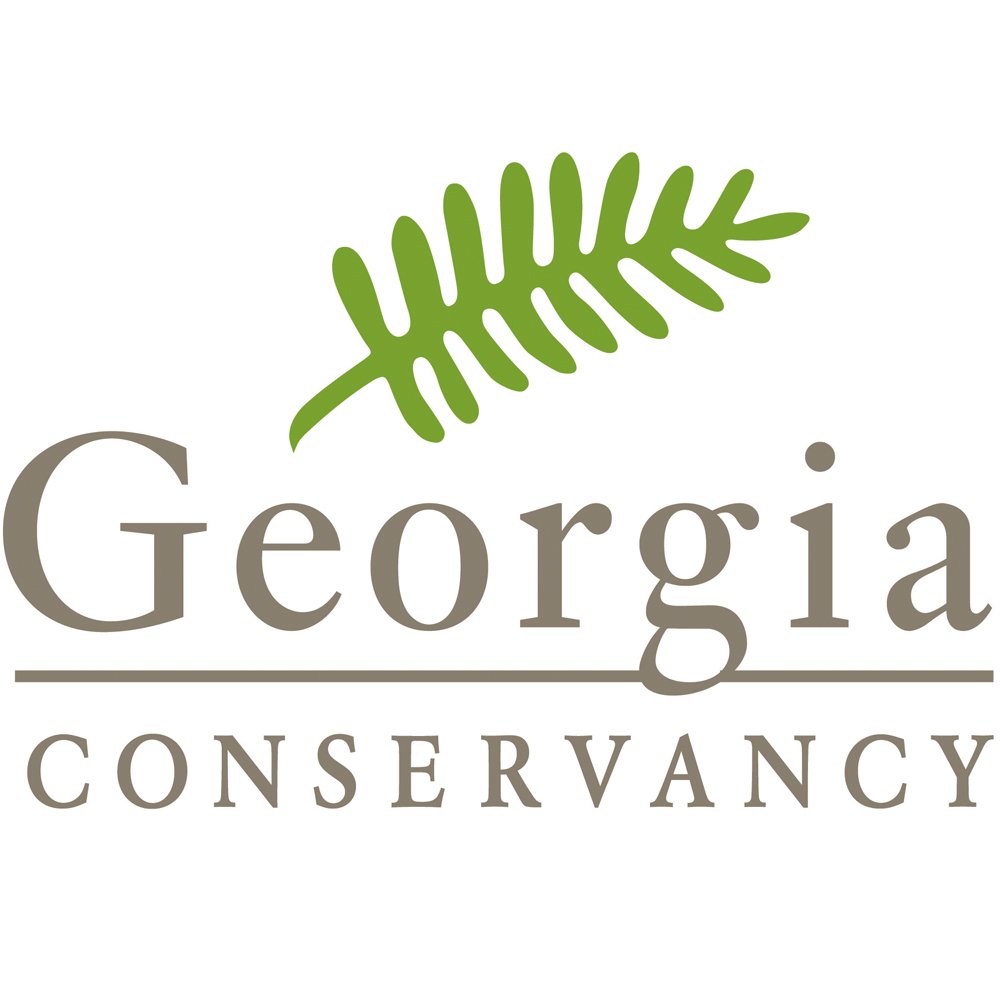Ocmulgee National Park & Preserve Initiative
A collaborative effort to establish a National Park & Preserve along the Ocmulgee River corridor in Middle Georgia
The Ocmulgee National Park and Preserve is one step closer to becoming a reality. In January 2021, the National Park Service (NPS) launched public commenting on a three-year Special Resource Study of the Ocmulgee River corridor between Macon and Hawkinsville, Georgia.
The NPS outreach supports the Special Resource Study that will assess historical, cultural, and environmental information about the corridor gathered through research and public input. The NPS study area covers roughly 50 river miles in Bibb, Bleckley, Houston, Pulaski, and Twiggs counties in middle Georgia.
This Special Resource Study is an essential step in the overall process to establish a National Park and Preserve as it evaluates the eligibility of an area for potential designation as a unit of the National Park System. The National Park Service prepares the study for the Secretary of the Interior, and the findings and any recommendations are presented to Congress.
It is hard to overstate the legacy benefits to middle Georgia's cultural history and environment brought by this innovative project.
Click here for more information about the Special Resource Study.
From our public comment letter to the National Park Service:
“This project represents a unique cultural and environmental opportunity for the people of Georgia and our nation as a whole. We want to express our profound support for the vision and benefits of a park and preserve in the study area.”
Click here to read our SRS Comment Letter in full.
Background on The proposed Ocmulgee National Park & Preserve
Millions of Americans travel annually through Middle Georgia’s Ocmulgee River corridor. While many stop to refuel or grab a bite to eat before heading to destinations north or south, fewer stop to explore the natural and cultural treasures contained within this transitional landscape.
Map courtesy of Ocmulgee national park & preserve initiative
As the fall line gives way to the coastal plain near Macon, the rocky shoals of the upper Ocmulgee River transform into sandy river banks flanked by Spanish-moss drenched cypress. It’s in this corridor between Macon and Hawkinsville that the Georgia Conservancy, along with local and national partners, is promoting and actively working toward the establishment of a vast National Park and Preserve - one that would stitch together existing federal lands, including an expanded Ocmulgee Mounds National Historical Park, with state lands, and donated conservation easements.
Historical Significance
The Ocmulgee River is a special place, unique in the southeast. It was once home to the ancient Mississippian civilization and their descendants, the historic Muscogee (Creek) people. This area is recognized as one of America’s most important archaeological landscapes. The Ocmulgee River was also an important waypoint in the expansion of the eastern frontier, marked by all of the tragedy and triumph of that early period in America’s history. Today, Middle Georgia's Ocmulgee River corridor is a critical migratory flyway and wildlife habitat, home to one of Georgia's three populations of black bear and contains the largest block of forested habitat remaining in the upper coastal plain.
The Opportunity
Ocmulgee MOunds National Historical Park
To create a premier National Park for Middle Georgia and the Southeastern United States
To establish a 35-mile long protected river corridor for wildlife
To honor and preserve the land’s history and evolution from Native American ownership to the present day
To connect cities across Middle and Coastal Georgia through recreational opportunities afforded by this landscape
Who/What Benefits
Natural ecology, wildlife, and vegetation
Local and statewide economies (fishing, hunting, tourism)
Various community groups, including historically-disenfranchised groups like the Muscogee (Creek) Nation
Work To-Date
Enabling Legislation – U.S. House Resolution 538 (2017)
Renamed Ocmulgee National Monument to Ocmulgee Mounds National Historical Park
Mandated the expansion of the Park to include 2,100 acres of new parkland through land acquisitions and sales
Calls for studies to assess historical value and generate a plan to acquire properties for the park and 35 miles of preserves along the Ocmulgee River
Short-Term Objectives
Expansion of the Ocmulgee Mounds National Historical Park
Joint Land Use Studies: National Park and Robins Air Force Base (AFB)
Coalition-building among stakeholders
Long-Term Objectives
Protection and preservation of the Ocmulgee River Corridor through land acquisition, conservation easements, and Robins AFB's Readiness & Environmental Protection Integration (REPI) Program
Coordination of existing state plans, including the Georgia Sentinel Landscapes Partnership, State Wildlife Action Plan (SWAP), and Black Bear Management Plan
Why it Matters?
The Ocmulgee River plays a significant role in the economic health, quality of life, and regional identity of the Middle Georgia region and will continue to do so in the next 50 plus years if it is preserved. It is believed that existing public lands along the river have great potential value to the recreation and tourism economy of many communities in Middle Georgia. Currently, the Ocmulgee Mounds National Historical Park is already the region’s largest visitor attraction, with great room for growth.
Location Within Middle Georgia
Maps courtesy of Ocmulgee National Park & Preserve Initiative
Expanding List of Partner Organizations
May 2020 Facebook Live Discussion
Featuring Georgia Conservancy’s Charles McMillan and Brian Foster, along with Dr. Heather Bowman-Cutway of Mercer University, Kensey Rabun of Ocmulgee National Park & Preserve Initiative, and Dr. Chris Watson of National Parks Conservation Association
If you have any questions regarding effort to establish the Ocmulgee National Park & Preserve, please contact Charles McMillan at cmcmillan@gaconservancy.org







